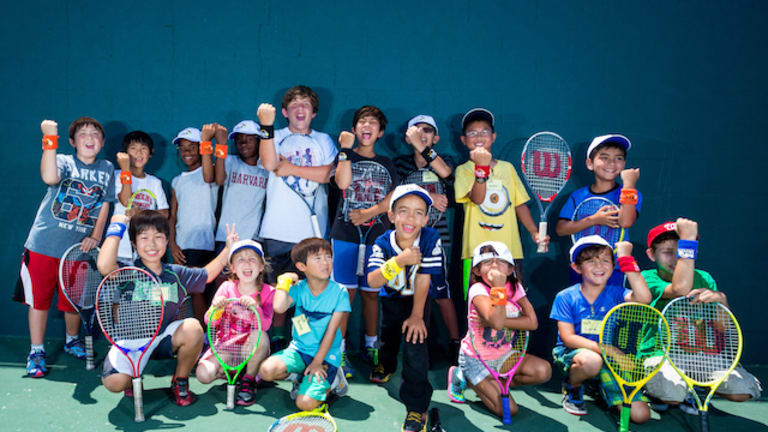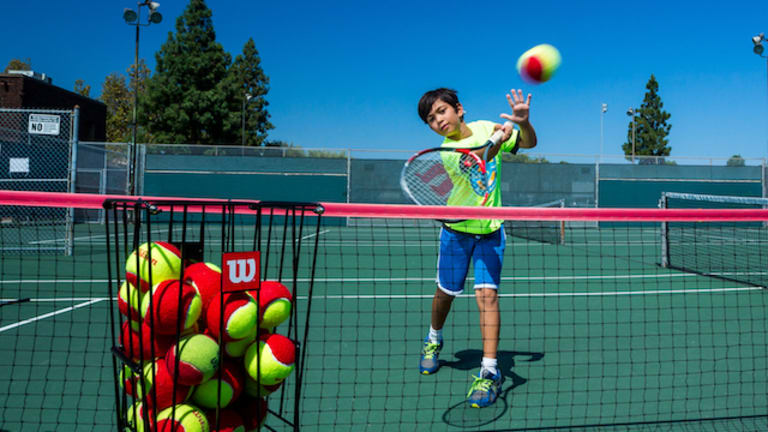It’s been more than 35 years since Ronald Reagan stated, during his first inaugural address, “Those who say that we’re in a time when there are no heroes, they just don’t know where to look.” We discovered heroes in every state, starting with the determined 69-year-old who won a match at an ITF Pro Circuit event earlier this year in the Alabama town of Pelham, and culminating with the coach who has overcome multiple sclerosis to build a winning program at the University of Wyoming. Their compelling stories of courage, perseverance and achievement demonstrate that the message delivered by our 40th President rings as true today as it did then.
When Tara Fitzpatrick-Navarro became the executive director of the United States Tennis Association’s Mid-Atlantic Section (USTA-MAS), she focused on creating a culture of innovation that would inspire new tennis players.
But after partnering with school districts and homeowner associations to implement USTA programs in underserved communities, in-school programming still lacked.
Then, TGA—Teach, Grow and Achieve—Premier Youth Tennis came into play.
As one of the leading school-based youth tennis development models, TGA offered a strong infrastructure and curriculum. And in March, the Reston, VA-based USTA-MAS acquired the TGA “Master Franchise” rights and launched the new program in the District of Columbia, Maryland, Virginia and eastern and southern West Virginia.


